Maximum power: 440W--450W
Module conversion efficiency can reach 19.98%
Number of cells: 72cells
Building-Integrated Photovoltaics is an ideal location for thin-film photovoltaic technology applications, as the integrity of thin-film photovoltaics provides a uniform appearance on the glass surface, meeting the aesthetic requirements of architects.
Significant progress has been made in glass lamination technology in recent years. Coating technologies allow increasingly advanced materials to be applied to architectural glass, offering a range of thermal and even dynamic transparency capabilities.
According to the Global Photovoltaic Network, Fuying Composite Material Co., Ltd. has made various colors of packaging materials and a glass of various thicknesses used in the development of crystalline silicon BIPV modules through technological innovation. Jiaxing Fuying Composite Material Co., Ltd. has developed crystalline silicon BIPV products of various shapes and colors by adopting special packaging technology for PVB packaging materials.
Experience with foils or coatings on BIPV products, as well as material applications such as anti-reflection coatings, is now almost universal in PV, enabling equipment suppliers to develop reliable mass production techniques. With any colored or patterned modular coating, there is always an efficiency trade-off. But if the crystalline silicon BIPV module uses a heterojunction cell with an efficiency of 23.8%, even if the efficiency may be reduced because of the color coating, the overall power generation capacity is still far superior to that of thin-film photovoltaics.
Even the previously exclusive special-shaped components of thin-film photovoltaics, such as curved photovoltaic tiles, can now have crystalline silicon products. In addition, thin-film photovoltaics have always been flexible and light, and are considered suitable for buildings with limited load-bearing capacity, but now Jiangsu Daycare, Zhenjiang Shangmai, Quzhou Yidao New Energy, etc. have used crystalline silicon cells to produce lightweight and flexible modules, becoming the Another new product that challenges thin film photovoltaic modules.
In the future, the development of photovoltaic modules in building integrated photovoltaics remains to be expected.
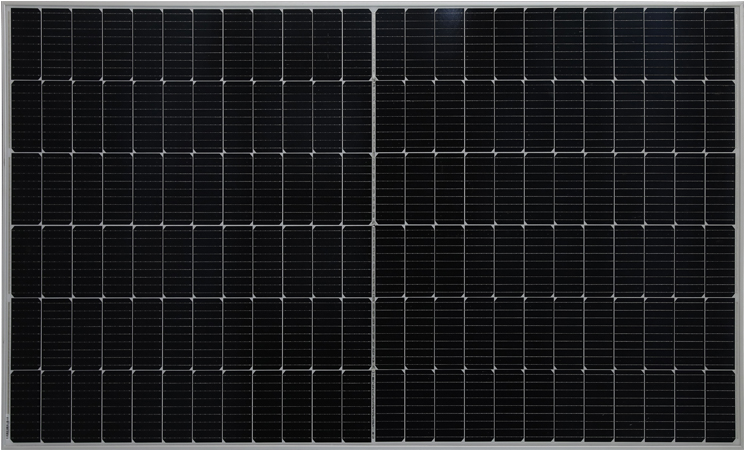
Maximum power: 440W--450W
Module conversion efficiency can reach 19.98%
Number of cells: 72cells
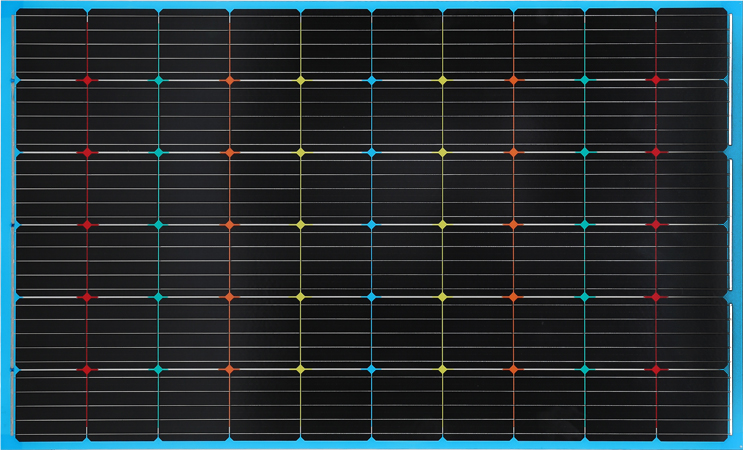
Maximum system voltage: 1500V
Maximum system current: 15-16A
Tolerance range: 0~5W

Maximum system voltage: 1500V
Maximum system current: 15-16A
Tolerance range: 0~5W

Maximum system voltage: 1500V
Maximum system current: 15-16A
Tolerance range: 0~5W
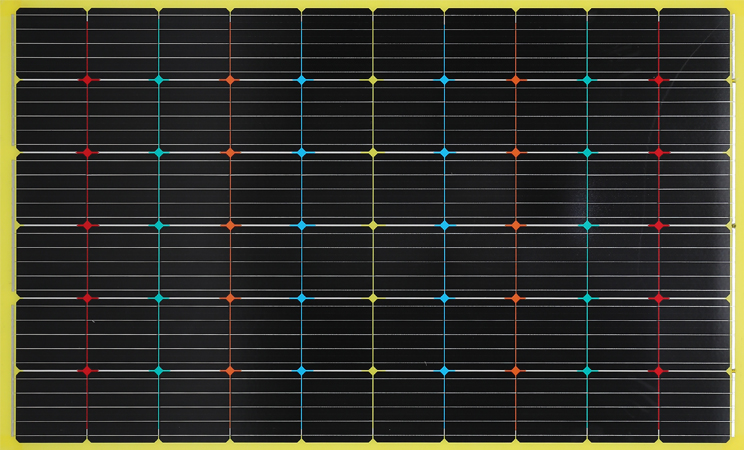
Maximum system voltage: 1500V
Maximum system current: 15-16A
Tolerance range: 0~5W
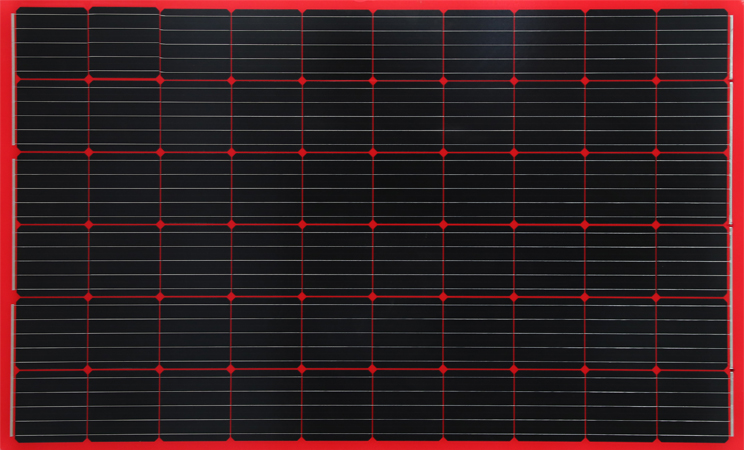
Maximum system voltage: 1500V
Maximum system current: 15-16A
Tolerance range: 0~5W
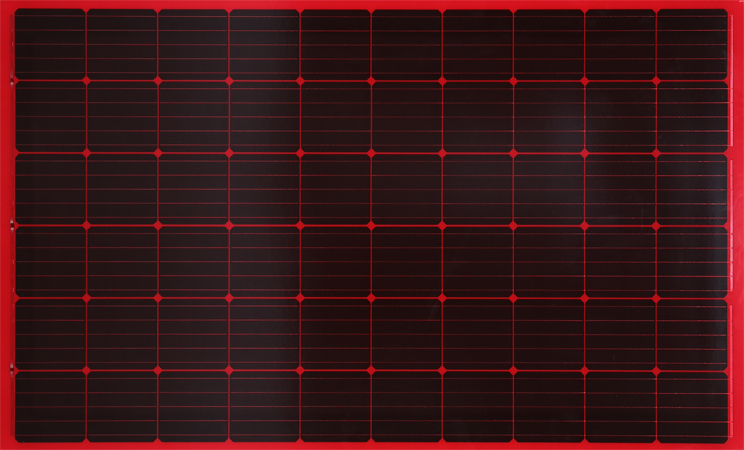
Maximum system voltage: 1500V
Maximum system current: 15-16A
Tolerance range: 0~5W

Maximum system voltage: 1500V
Maximum system current: 15-16A
Tolerance range: 0~5W